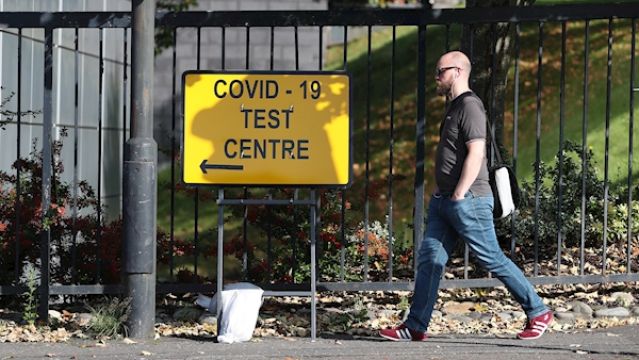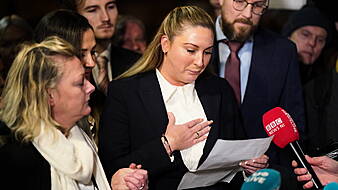It comes as Donegal entered Level Three restrictions under the Government’s Living with Covid-19 plan at midnight, due to elevated levels of the virus circulating in the region.
Dr Glynn said a high spread of Covid-19 in Derry in Northern Ireland, which lies along the Border to the Republic of Ireland, has had an impact on Donegal.
We’re seeing a very high incidence in the Derry area and so it’s not surprising in some ways that we’re seeing similarly high levels of incidence on the Donegal side.
“This a prime example of where this virus doesn’t care about county boundaries or borders and where people mix and interact this virus will take its opportunities and will spread,” he said.
“We’re seeing a very high incidence in the Derry area and so it’s not surprising in some ways that we’re seeing similarly high levels of incidence on the Donegal side.”
Surge
On Wednesday of this week, Northern Ireland reported the second highest number of daily Covid-19 cases recorded in the region since the beginning of the pandemic, with more than 200 cases.
The North’s Economy Minister Diane Dodds spoke out against the prospect of a second lockdown in the region, saying that her concerns about the impact of restrictions on business were in step with the public views of Arlene Foster and Michelle O’Neill.
It comes as the 14-day incidence rate of Covid-19 in one area in Donegal is the highest in the Republic.
The rate in Stranorlar is 336 per 100,000 population, which the Taoiseach said is particularly concerning.
Dr Denis McCauley is a GP in the town and said the level of current infection is greater than what was seen in March.
“I think that the normal accepted rate of when you do 100 cases, nationwide you would expect to get maybe two positive [results], but apparently in Donegal generally it’s greater than five per 100, and it’s actually greater in the area of Stranorlar and Lifford," he said.







